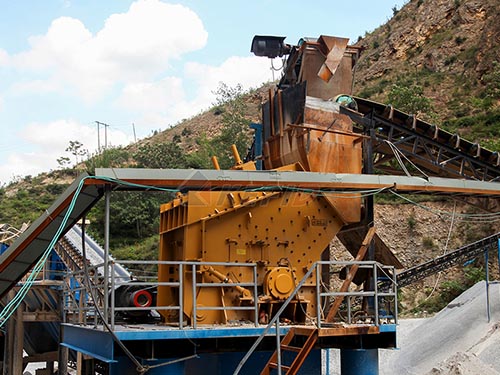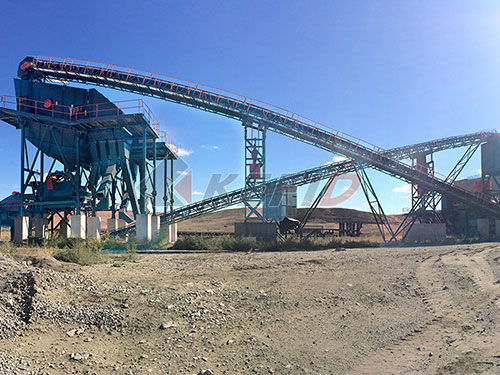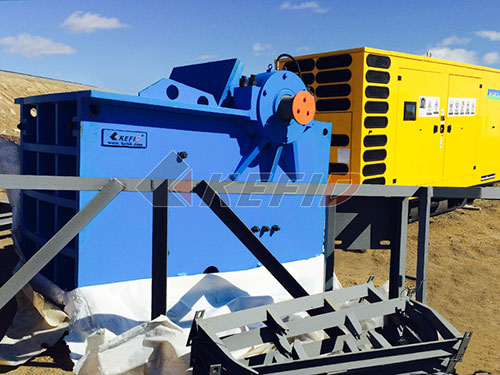Modern Rock Crushing Machines: Powering Efficiency & Profitability
The demand for high-quality aggregates – crushed stone, sand, and gravel – remains the bedrock of global construction and infrastructure development. To meet this demand efficiently and profitably, quarries, mining operations, and recycling facilities require robust, intelligent, and highly productive machinery. Modern rock crushing machines represent a significant leap forward from their predecessors, offering unprecedented levels of performance, reliability, automation, and sustainability. If you’re looking to upgrade your operation or expand your capabilities, understanding the advancements in these machines is crucial.
Beyond Brute Force: The Hallmarks of Modern Crushers
Today’s leading rock crushing equipment goes far beyond simple size reduction. They are sophisticated systems engineered for maximum uptime, optimal product shape, reduced operating costs, and enhanced safety:

1. Advanced Crushing Technology & Chamber Design: Innovations in chamber geometry (e.g., optimized nip angles), liner profiles (using high-wear resistant alloys), and crushing kinematics allow for higher reduction ratios, superior particle shape (crucial for concrete and asphalt), increased throughput capacity (often ranging from 300 to over 800 tons per hour depending on model), and significantly reduced wear part consumption.
2. Intelligent Automation & Control Systems: The brain of the modern crusher. Integrated programmable logic controllers (PLCs) and sophisticated human-machine interfaces (HMIs) enable:

Constant Load Monitoring & Optimization: Sensors ensure the crusher operates consistently at its optimal capacity without overloads or underutilization.
Automated Settings Adjustment: Crusher settings (e.g., CSS – Closed Side Setting) can be adjusted remotely or automatically based on feed material or desired output.
Real-time Performance Tracking & Diagnostics: Operators monitor key metrics like power draw, pressure levels, production rates, and wear status in real-time. Predictive maintenance alerts flag potential issues before they cause downtime.
Remote Monitoring & Control: Many systems offer secure remote access via tablets or computers, allowing experts to diagnose problems or optimize performance off-site.
3. Enhanced Mobility & Flexibility (Where Applicable): While large stationary plants remain vital for massive quarries, modern tracked mobile crushers offer remarkable power and flexibility. Equipped with powerful diesel-electric or direct diesel drives (meeting stringent emission standards like EU Stage V/US Tier 4 Final), hydraulic folding conveyors, and intuitive control systems, these units can be rapidly deployed directly at the feed source (in-pit crushing) or

Leave a Reply